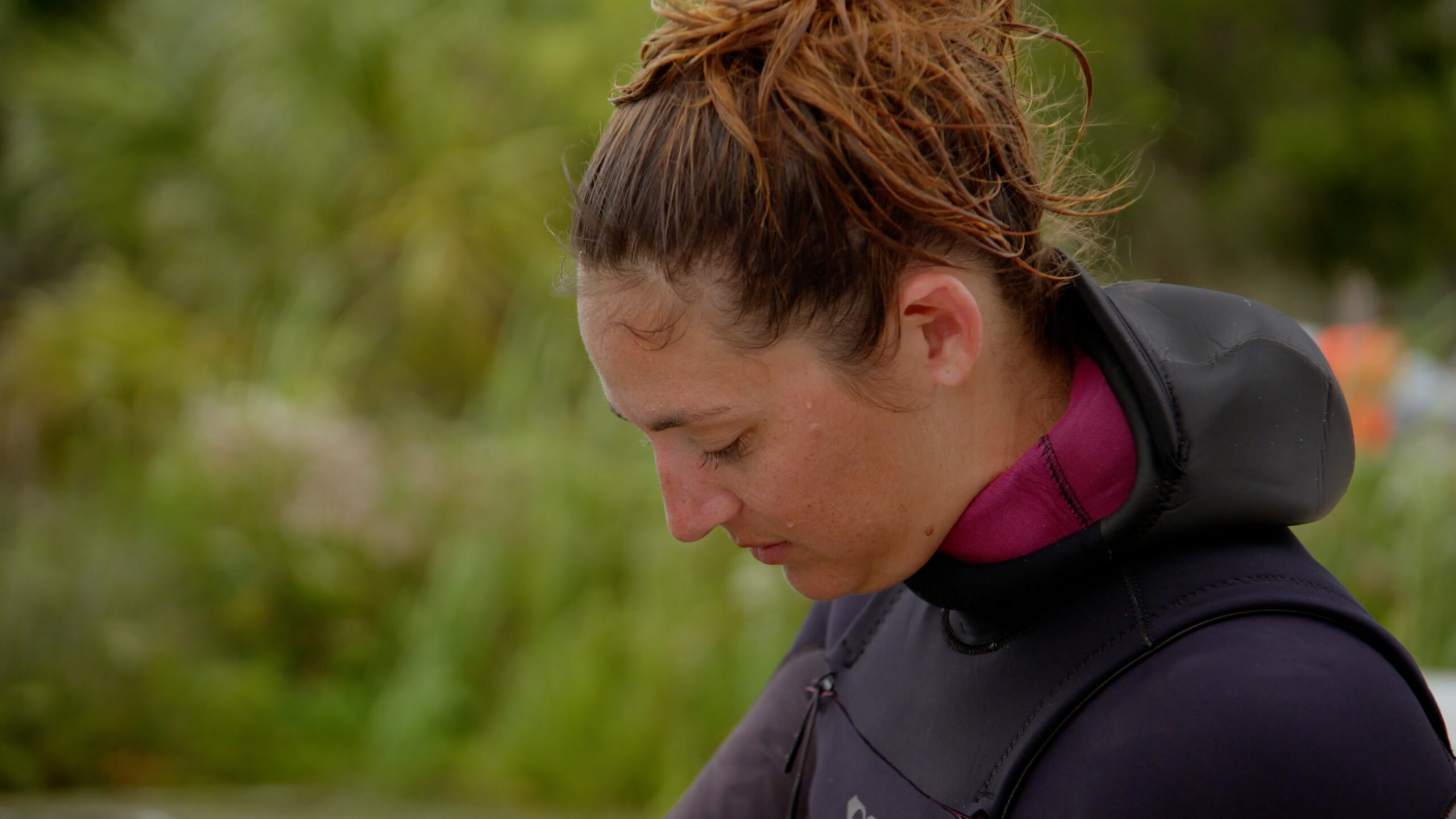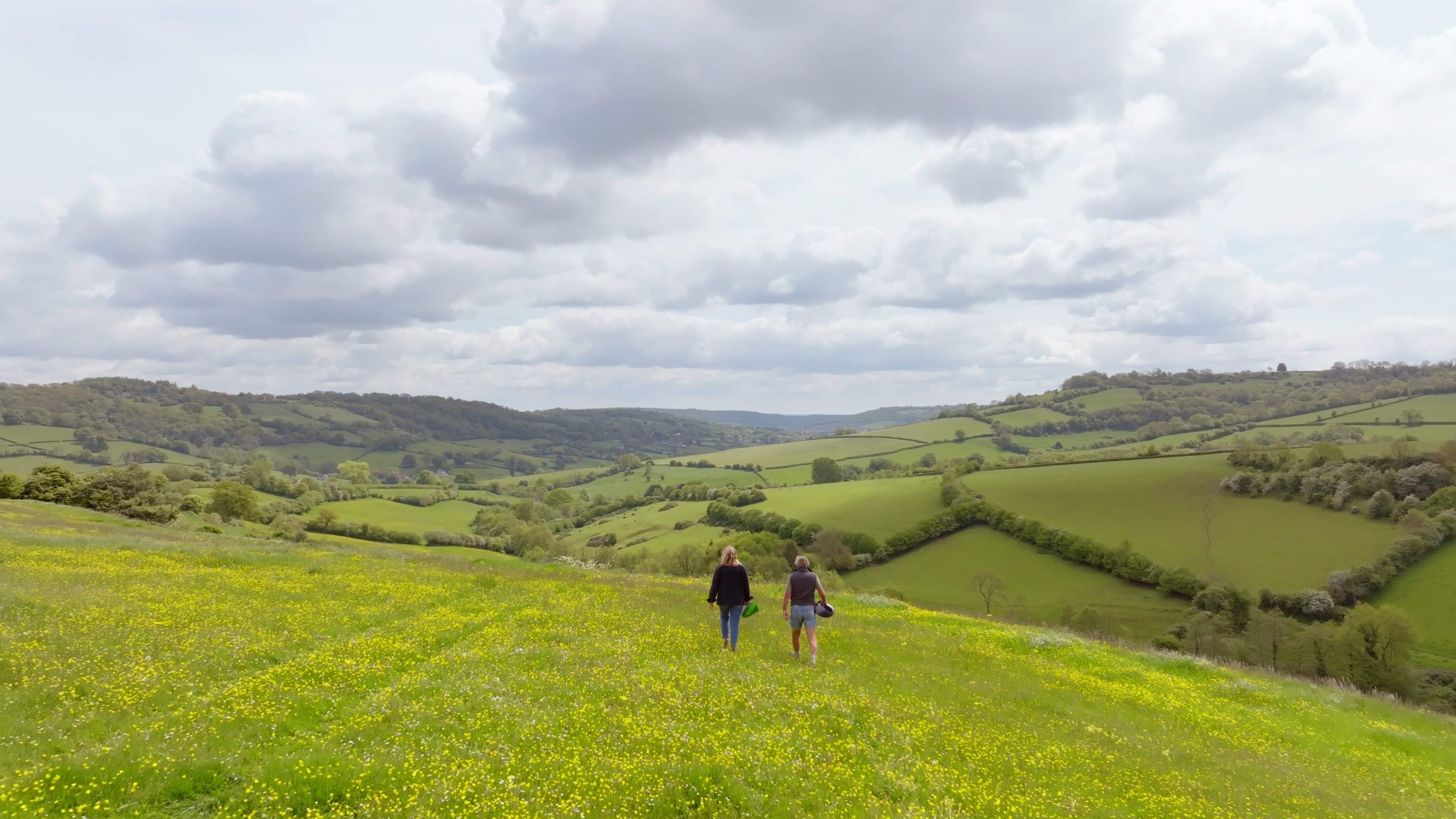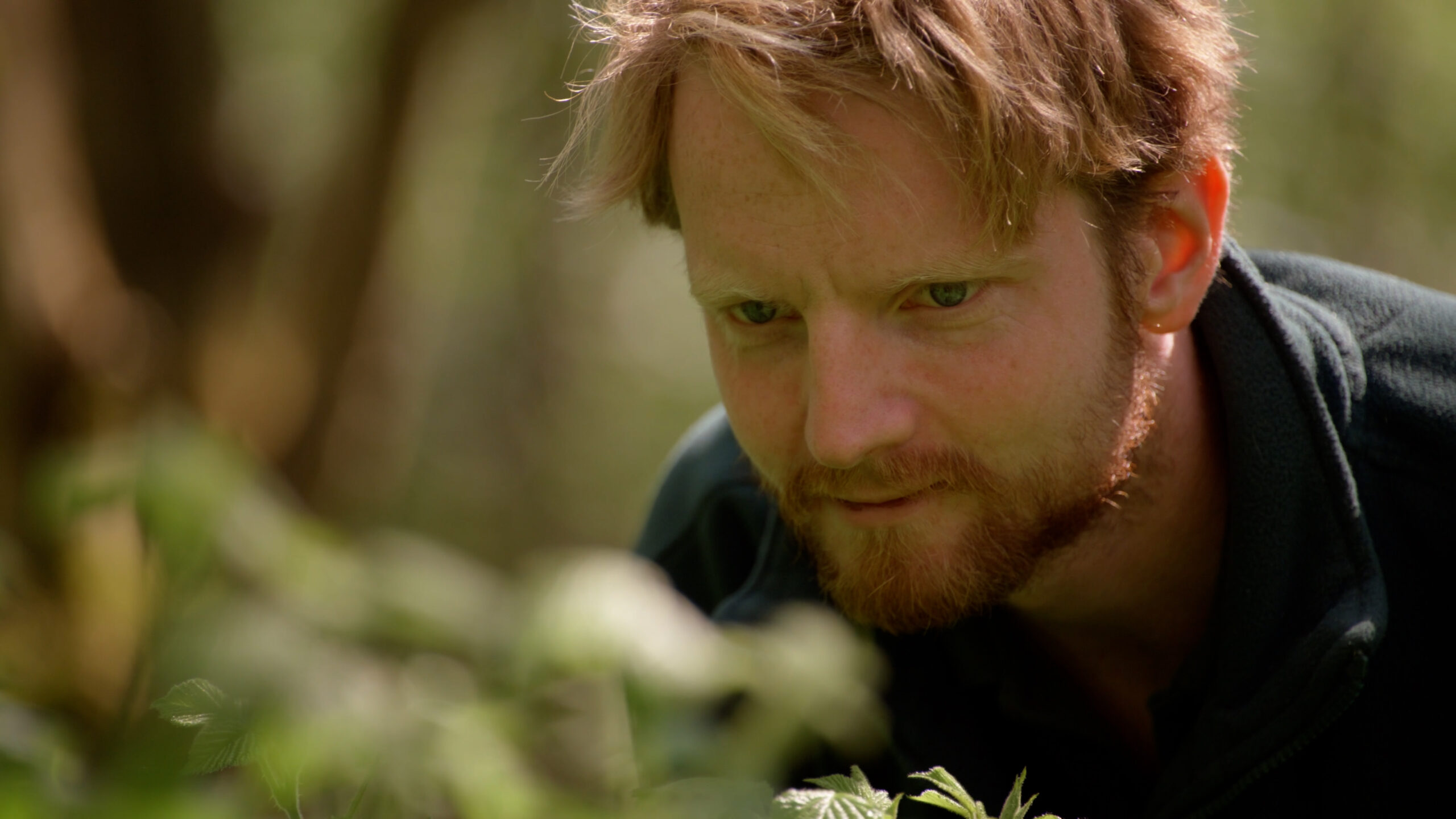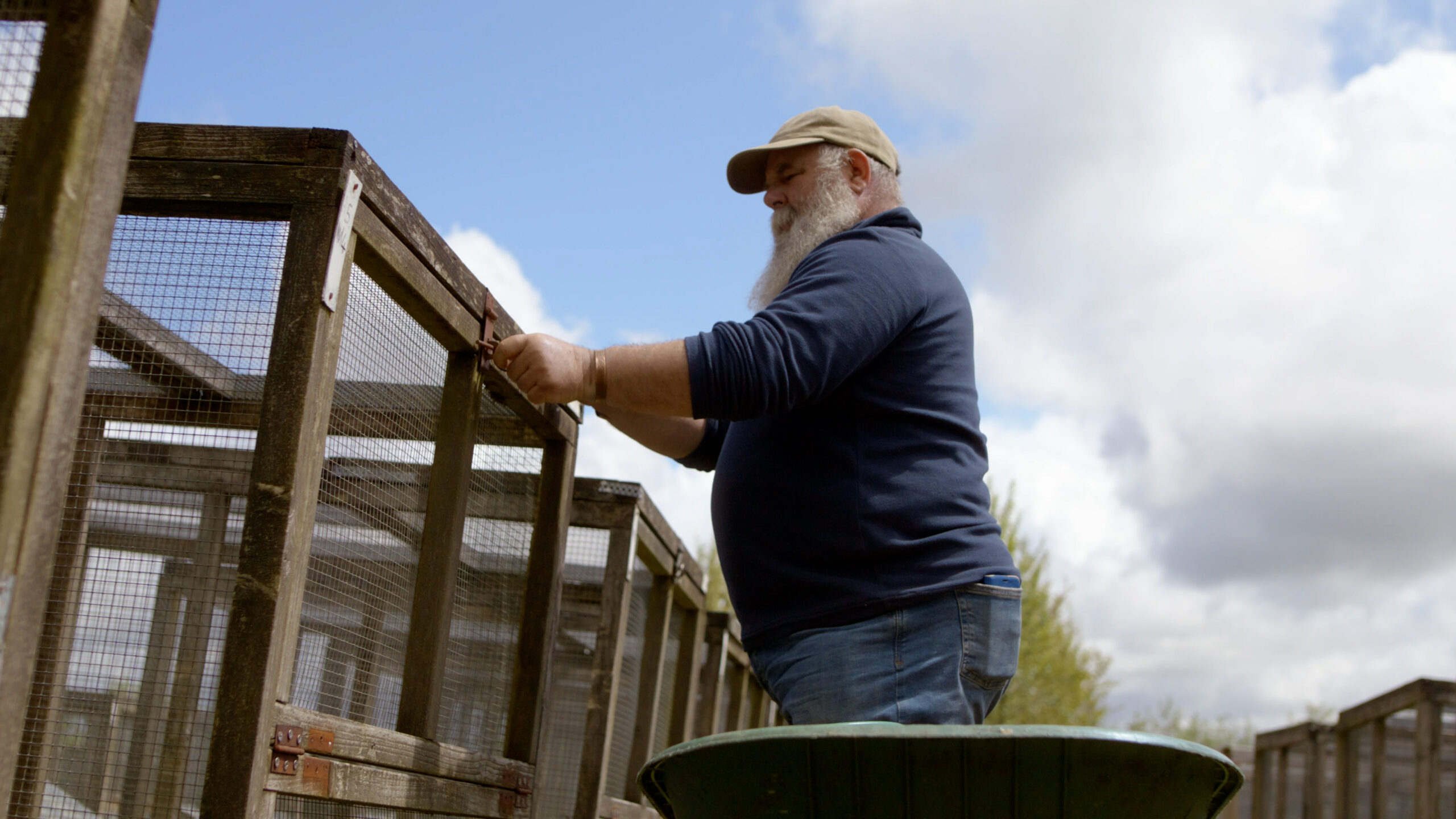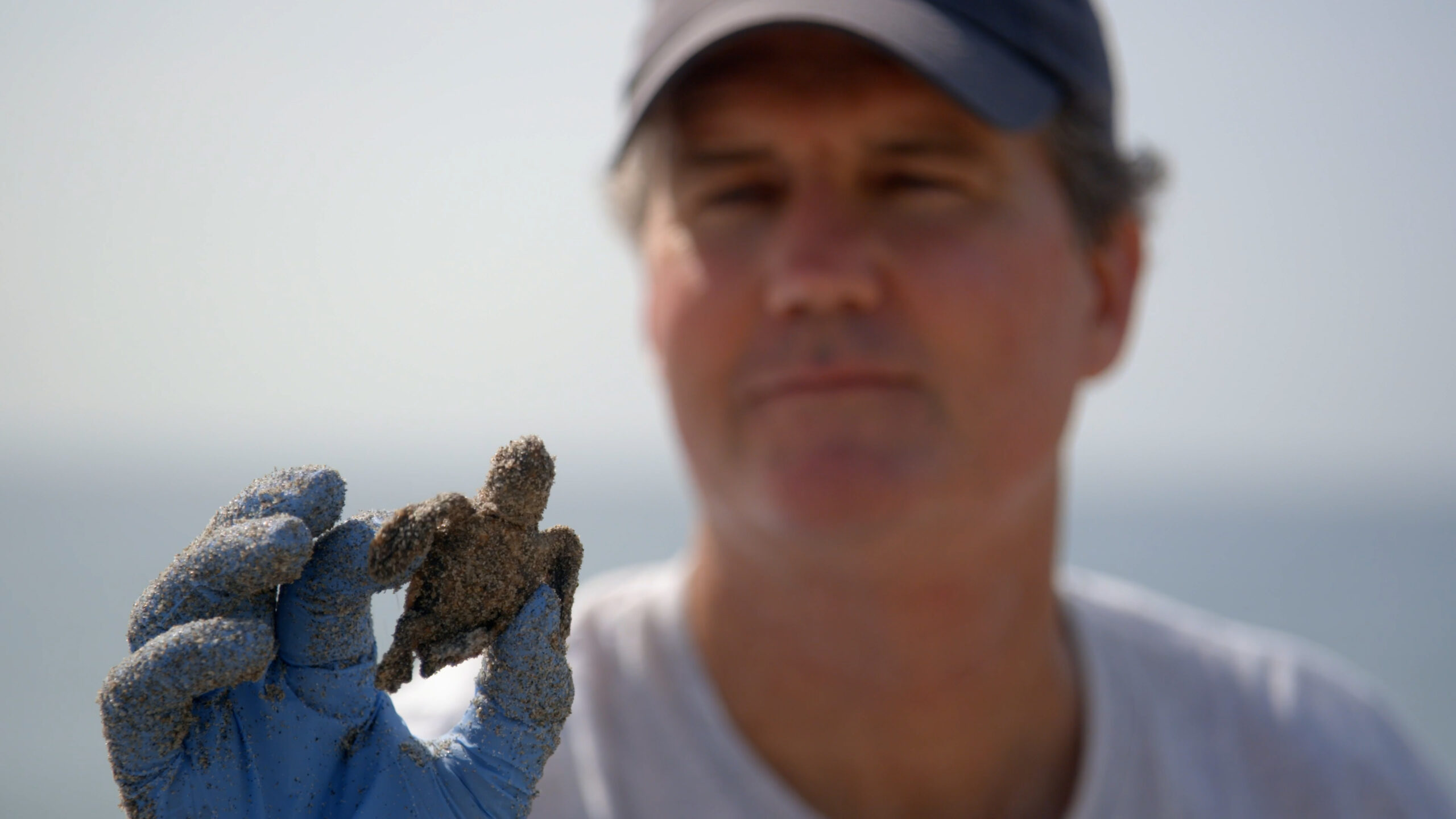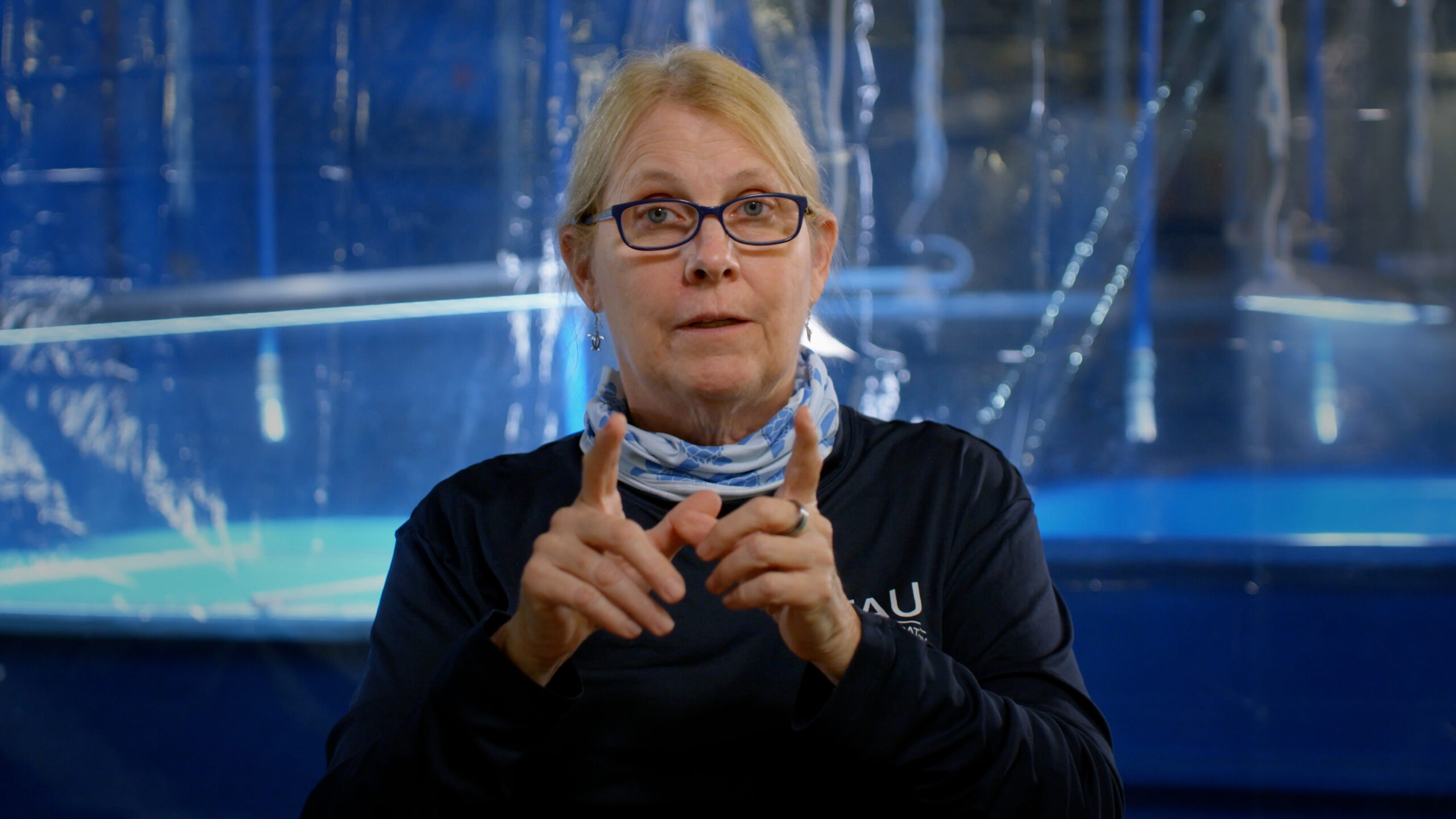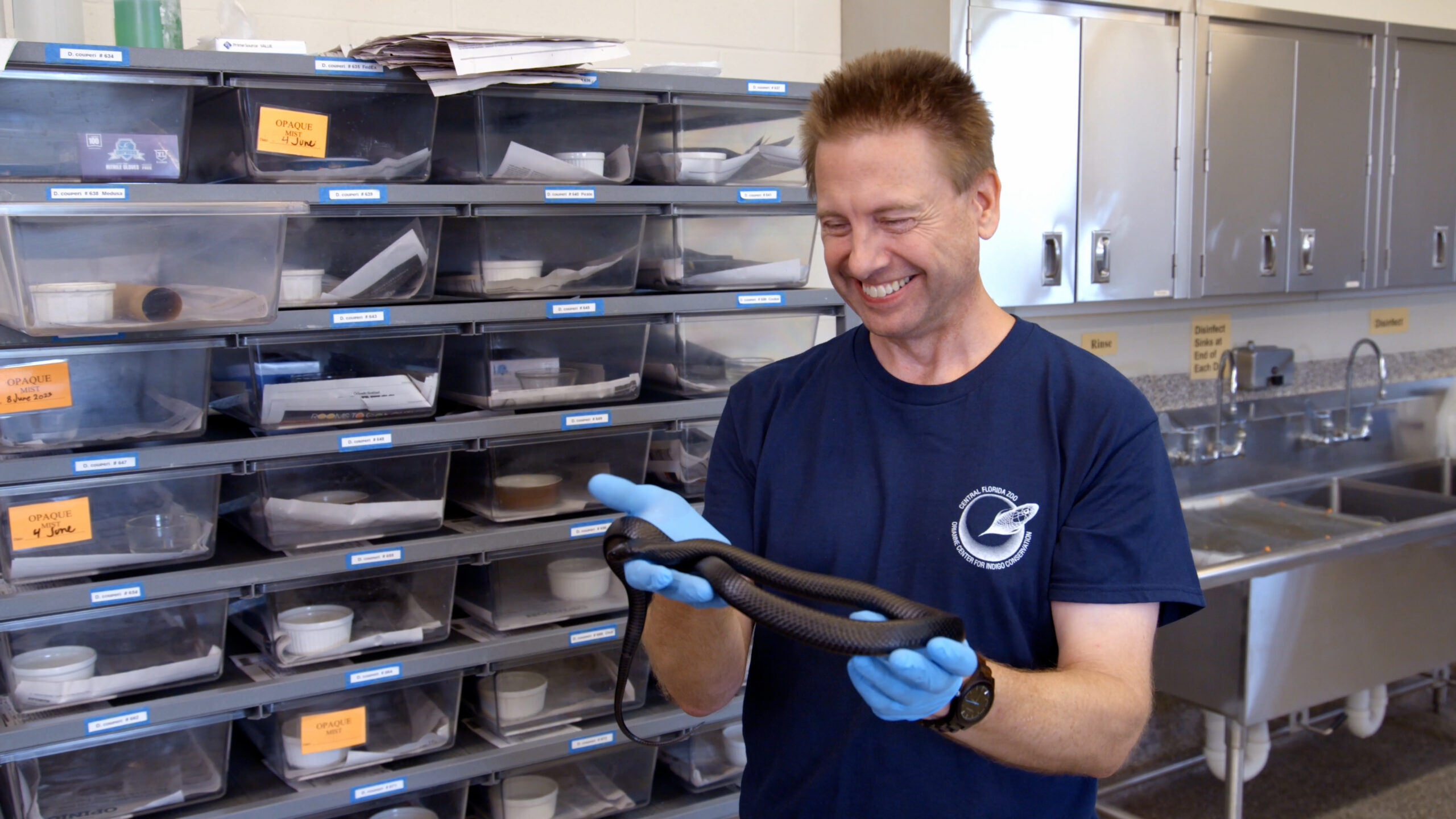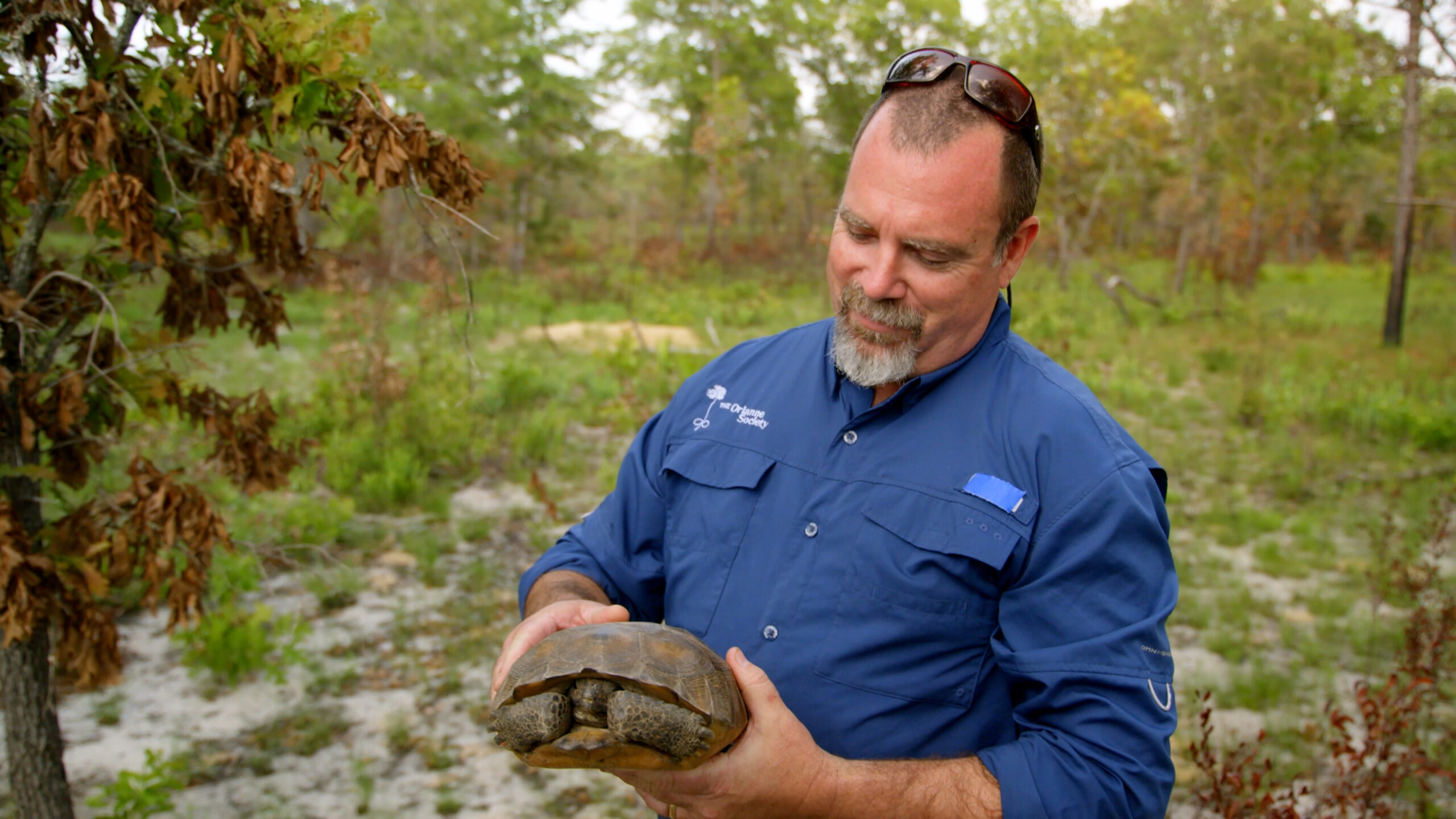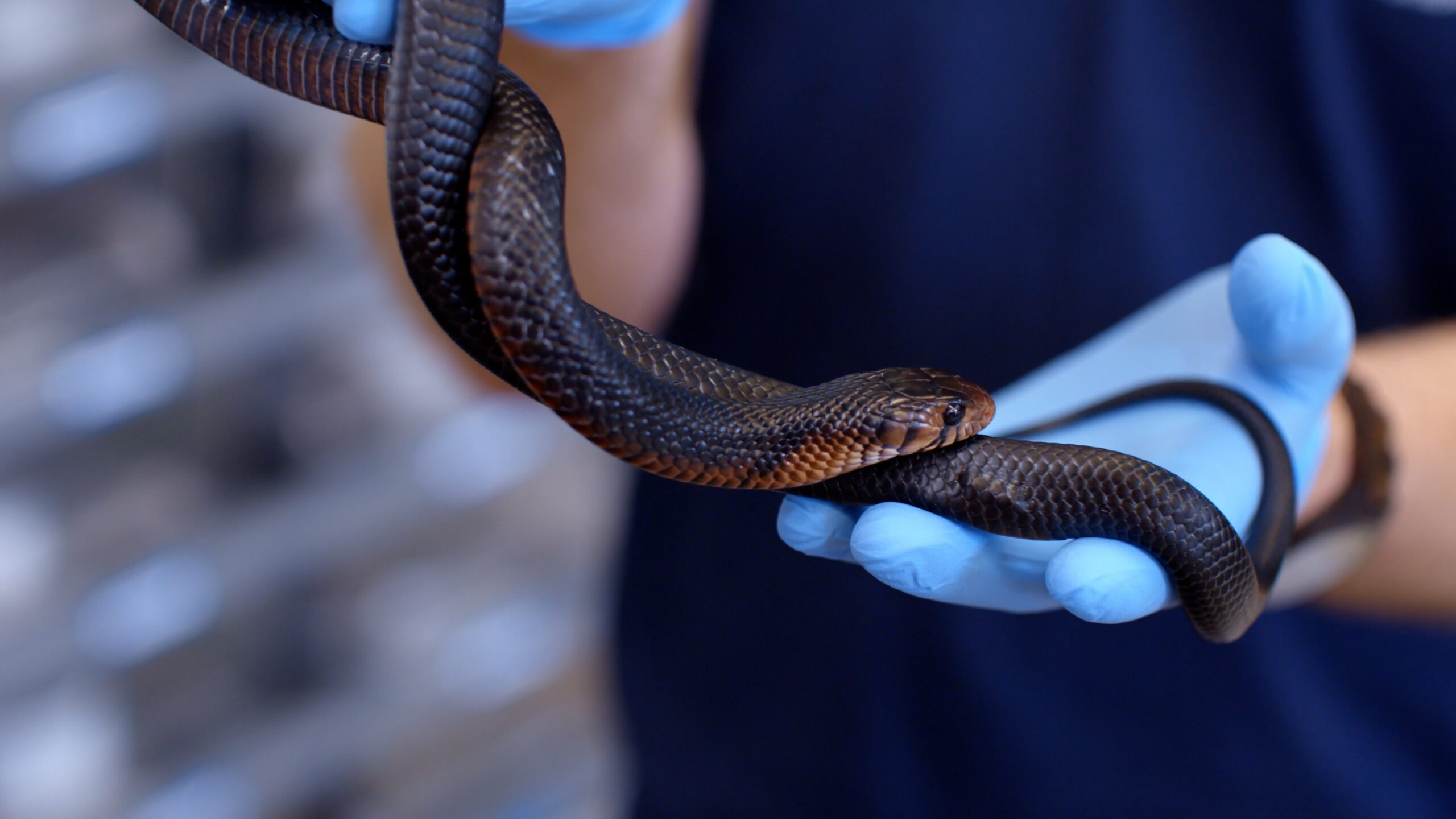Archives: Profiles
-
Jessica Maillez
Jessica Maillez is the Senior Environmental Manager at Sea and Shoreline. She has designed, permitted, and managed multiple large scale restoration projects along Florida’s coastline.
-
Conservation in the United Kingdom and Ireland
The United Kingdom and Ireland might not seem like the wildest places on Earth, but a growing popular movement here, known as rewilding, seeks to reverse millennia of environmental degradation.
-
Pete Cooper
Pete Cooper is a wilding ecologist at the Derek Gow Consultancy, where he works on a variety of species reintroduction and rewilding projects. He leads a project trialing the captive breeding and reintroduction of glowworms, as well as working closely on reintroduction projects for other species including the harvest mouse, wildcat and turtle dove.
-
Derek Gow
Derek Gow is a farmer, nature conservationist, and the author of Bringing Back the Beaver. He lives on a 300-acre farm on the Devon/Cornwall border, which he is in the process of rewilding. Derek has played a significant role in the reintroduction of the Eurasian beaver, the water vole and the white stork in England.
-
Biologging
Biologging is the practice of attaching a device to an animal, typically to track and record the animal’s movements to better understand its conservation needs.
-
David Anderson
David Anderson is the Sea Turtle Conservation Coordinator at Gumbo Limbo Nature Center. He supervises the collection of sea turtle nesting data along Boca Raton’s five miles of beach.
-
Jeanette Wyneken
Dr. Jeanette Wyneken is a Professor of Biological Sciences at Florida Atlantic University (FAU), located on the southeastern coast of Florida. She has more than 40 years of experience studying the biology, conservation, and health of sea turtles.
-
James Bogan
Dr. James Bogan is the Director for the Central Florida Zoo’s Orianne Center for Indigo Conservation, the only facility that breeds the eastern indigo snake for the sole purpose of reintroducing the offspring into regions where the population is believed to be locally extinct.
-
Christopher Jenkins
Christopher Jenkins has worked with Wildlife Conservation Society, the U.S. Forest Service, and the U.S. Fish and Wildlife Service. His current projects include land protection in longleaf pine ecosystems, ecology and conservation of timber rattlesnakes and the conservation of giant tortoises.
-
Flagship Species
A flagship species is a creature that serves as the “face” of a conservation campaign to get people invested in the survival of one species can help preserve that creature’s habitat.
